Late December, First Walk
On the third day of the trip, I had extensive plans, first of all, a Maritime Museum, and secondly, a walk along the sea embankments. But first, I took a leisurely stroll through the narrow streets of the Gothic Quarter to immerse myself in the city's atmosphere. At the end of December, the season of orange picking begins on the Mediterranean coast and in Pi Square (Placa del Pi) I saw a utility worker knocking bright orange fruit from the branches. Anyone can take them, they are quite edible, but ornamental trees have a sour taste.
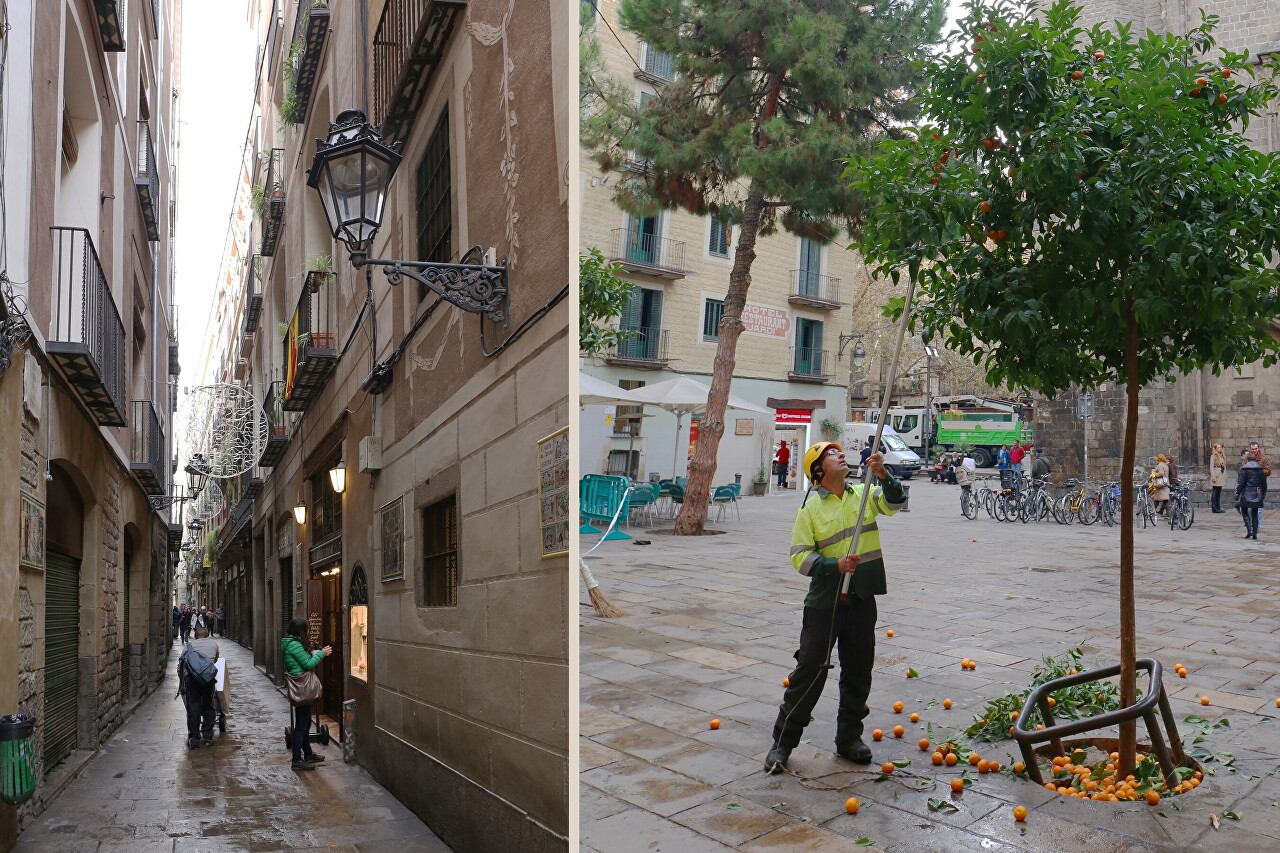
Then I left La Rambla at the Main Theater (Teatre Principal). I must say that there were a lot more people walking here late last night.
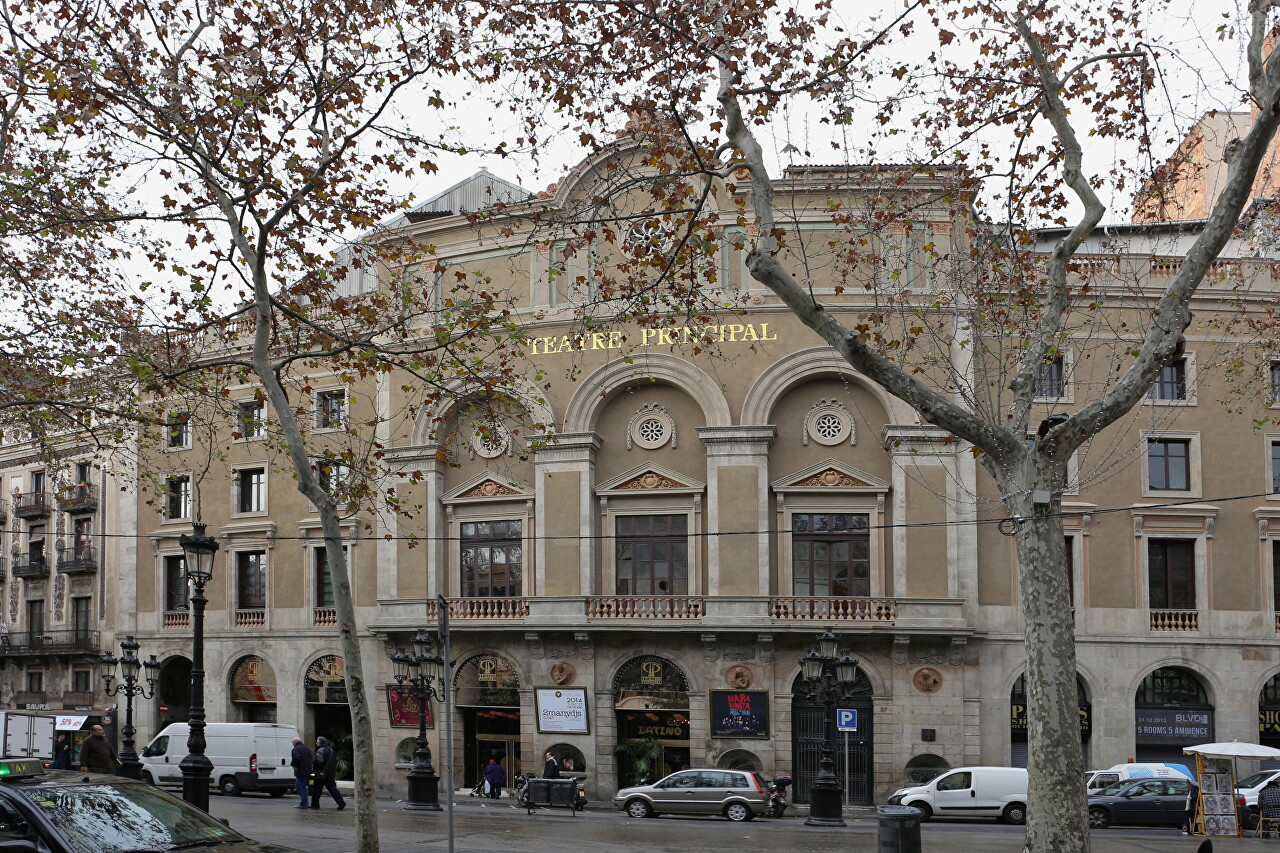
The boulevard took me to the Portal de la Pau square, where there are two high-rise structures: the very first building in Barcelona that overcame the hundred-meter mark, called the Tower of Columbus (Torre Colon). The 28-storey office building with a height of 110 meters was built from 1965 to 1971 by architects Josep Anglade, Daniel Gelabert and Joseph Riba. In the center of the square in 1888, on the eve of the All-World Exhibition, the sixty-meter Column of Columbus (Monumento a Colón) was erected.
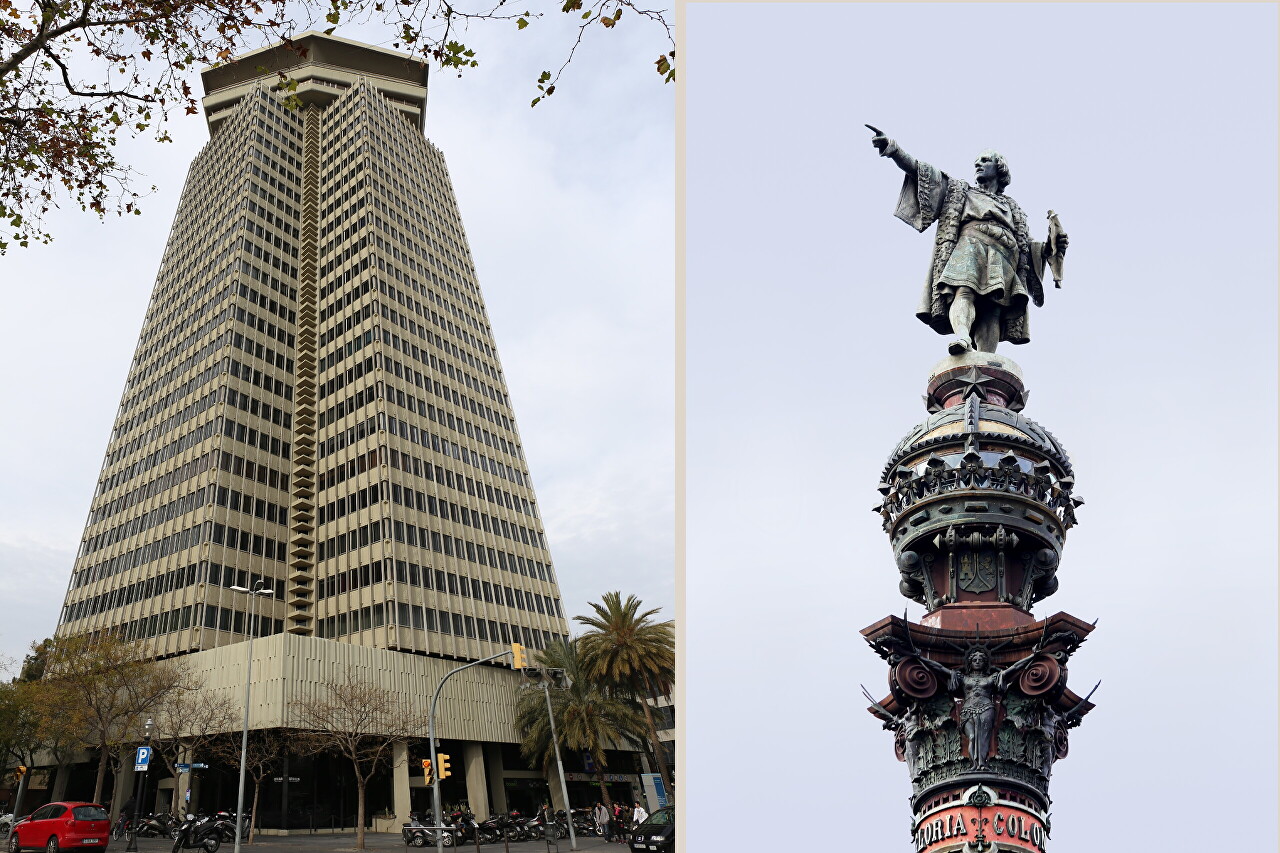
The square also houses the old port authority building (Junta d'obres del Port), built in Baroque style in 1907 by architect Julio Valdés.
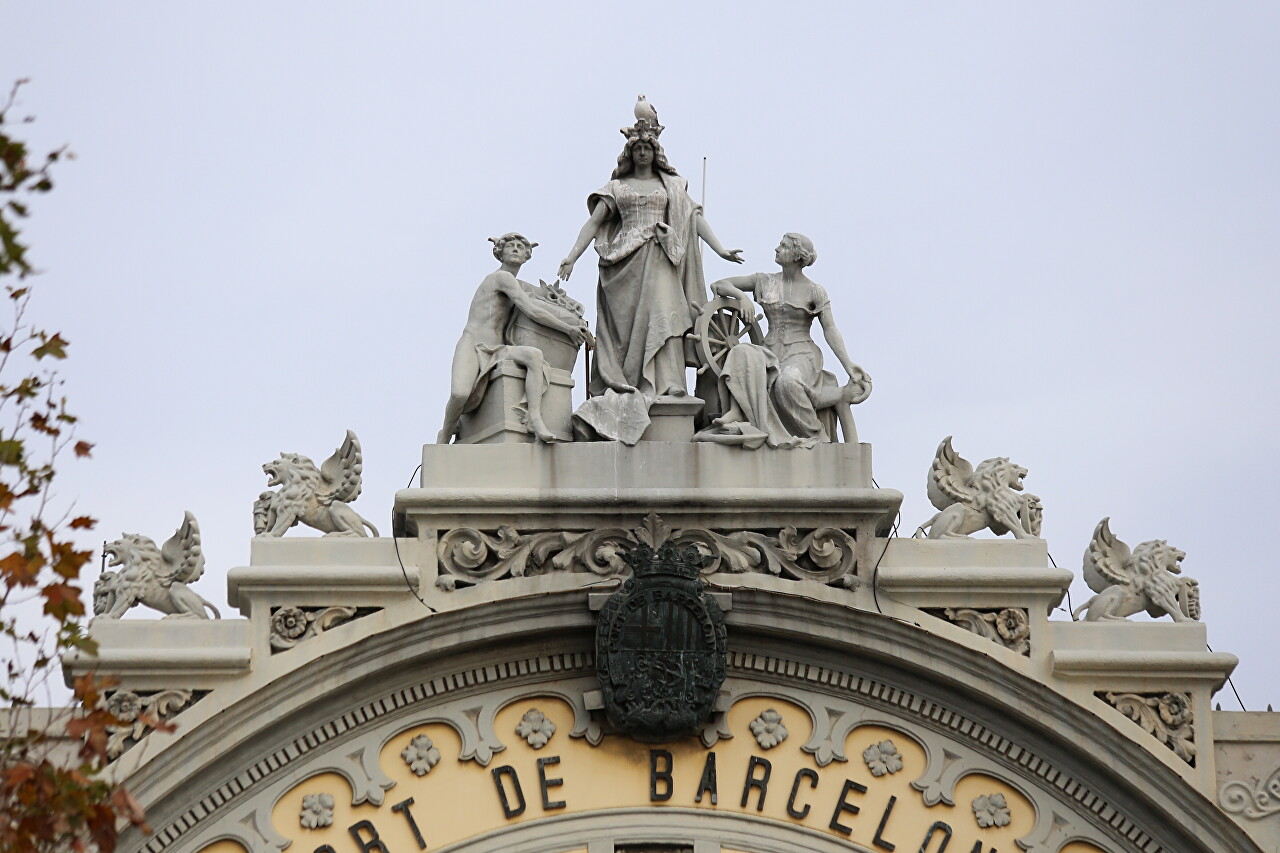
On the other side of the square is the Aduana del Puerto de Barcelona, built in 1896-1902 in eclectic style by architect Enric Sagnier and Pere Garcia i Fària.
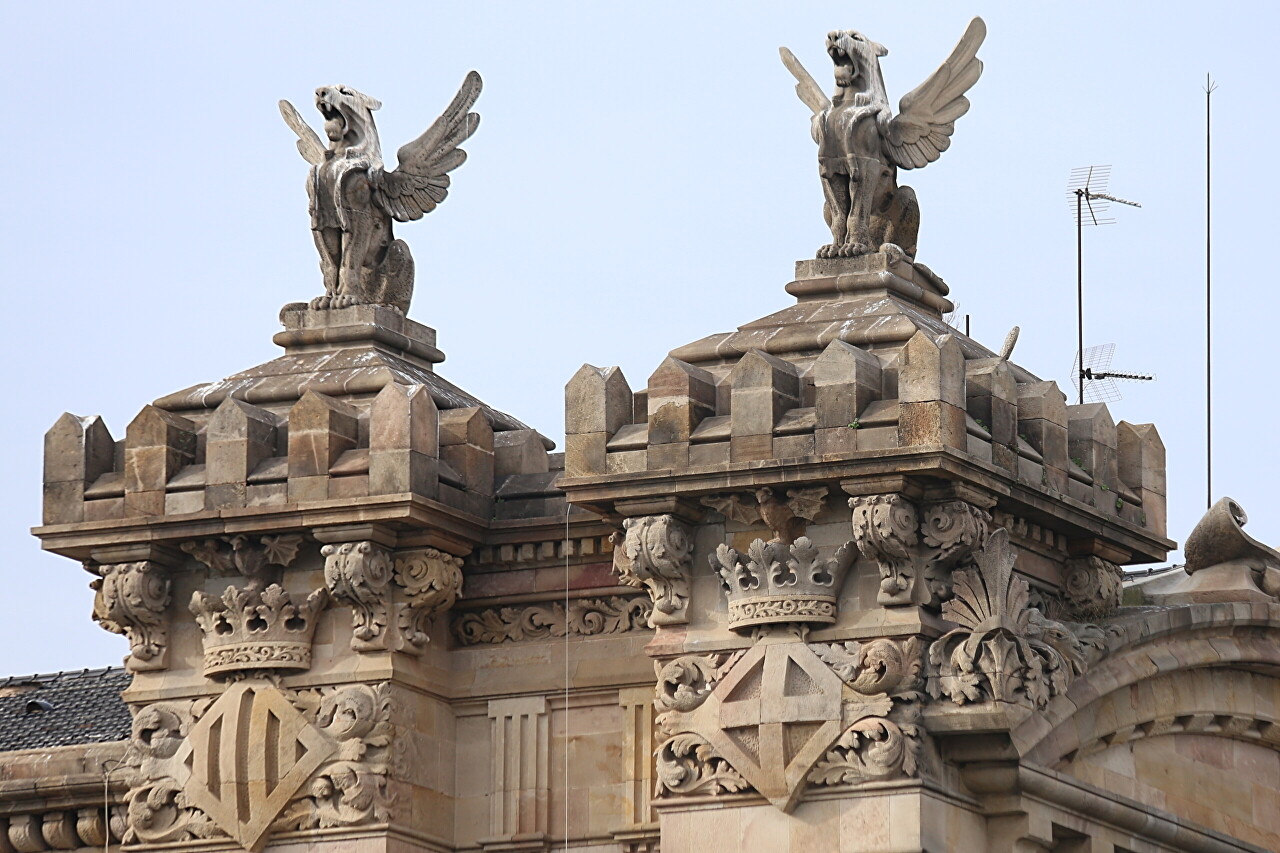
The Portal de la Pau square faces the water area of the Old Port (Port Vell).
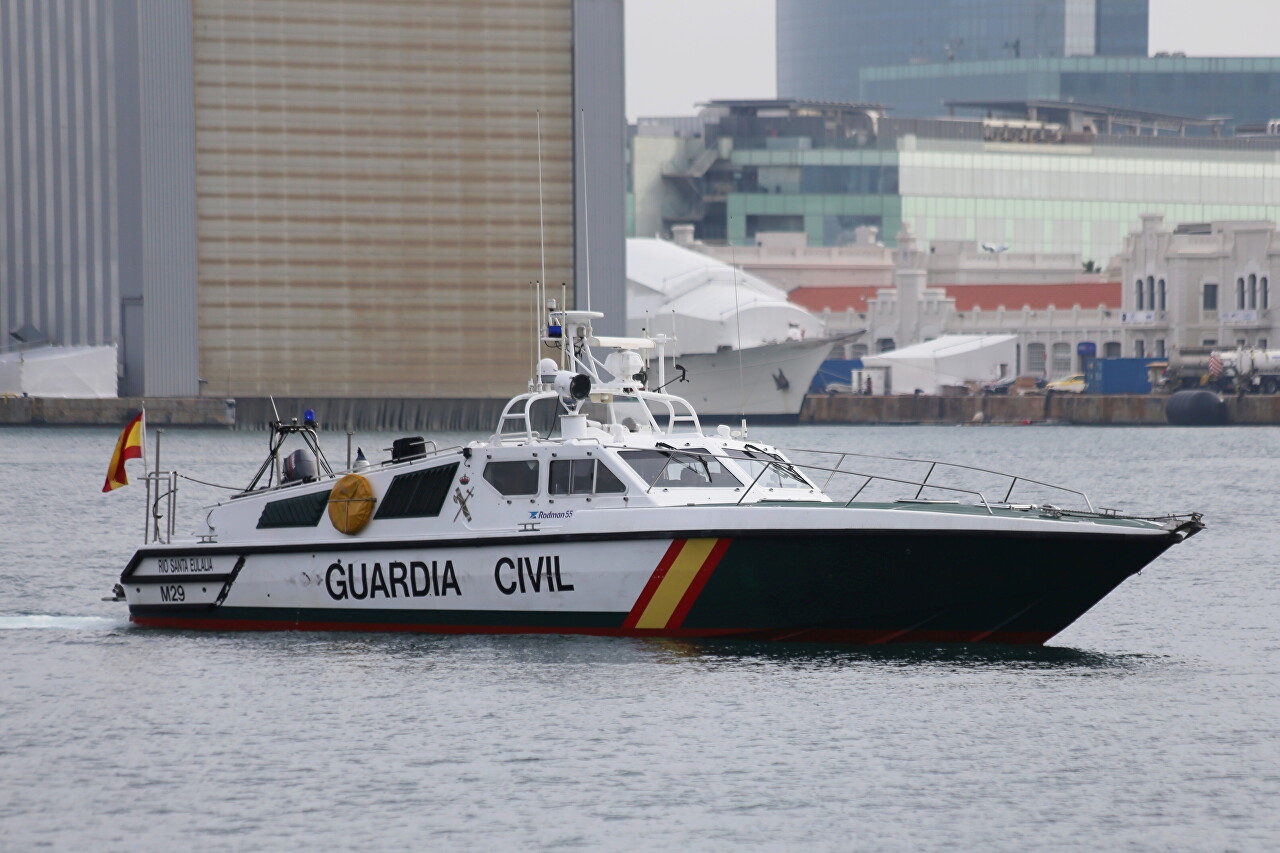
The entrance to the sailing club bucket is crossed by a bridge connecting the embankment with the Maremagnum shopping center. The bridge is designed as a logical continuation of La Rambla Boulevard and bears the corresponding name La Rambla de Mar. The bridge has a wooden deck, one of the sections is made rotary for the passage of ships.
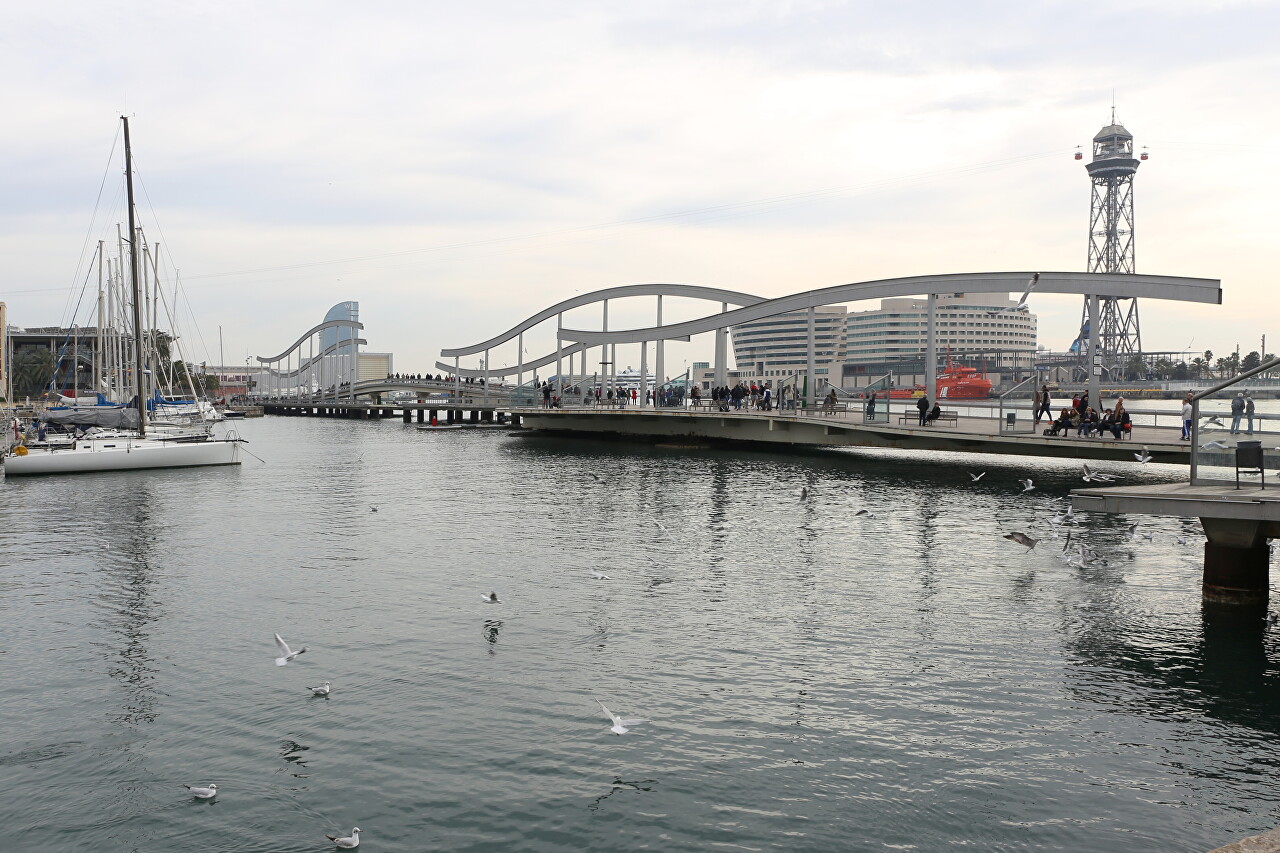
Next to the bridge on the water, you can see a small white figure, a man looking at the sky, this sculpture Miraestrellas (Looking at the stars), made by Robert Limos (Robert Llimós) and installed in 2010.
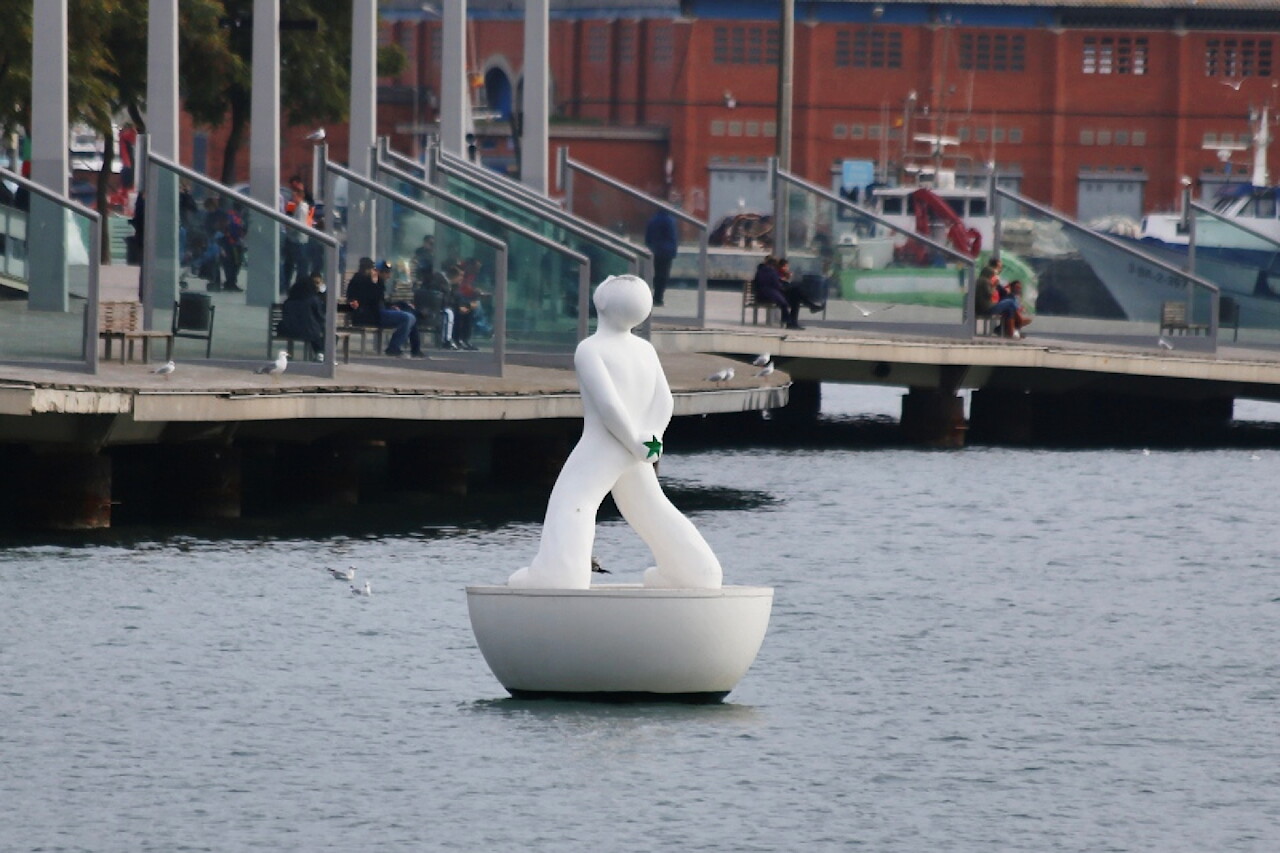
The Teleferic del Port cable car line runs over the port area, connecting the Barceloneta quarter with Montjuic Mountain.
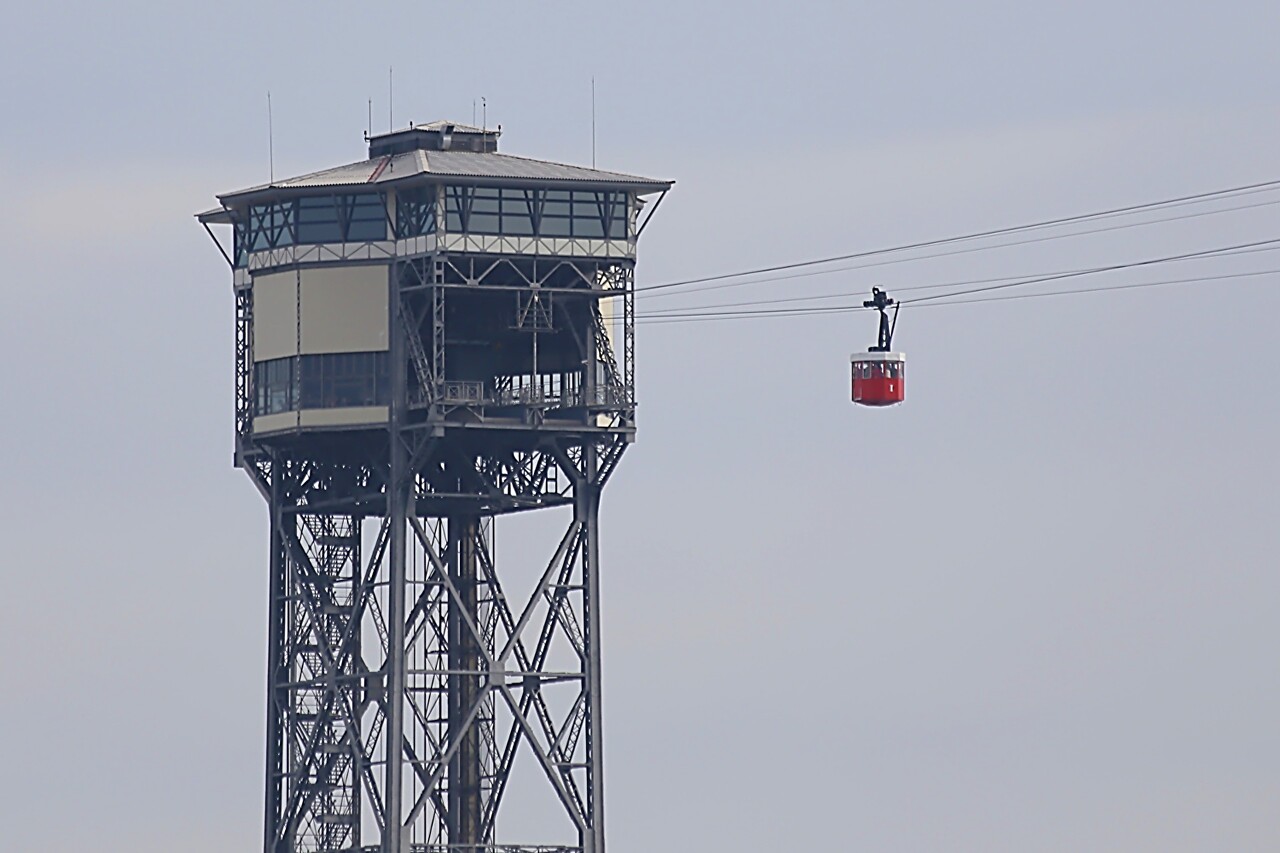
At the far end of the harbour stands the Barcelona W luxury Hotel, the work of world-renowned architect Ricardo Bofill. The hotel was built for the 2009 Olympic Games on an artificial peninsula adjacent to the Barceloneta district. The rooms are equipped with the latest technology and design, and all rooms offer a breathtaking panorama of Barcelona and the vast expanses of the sea.
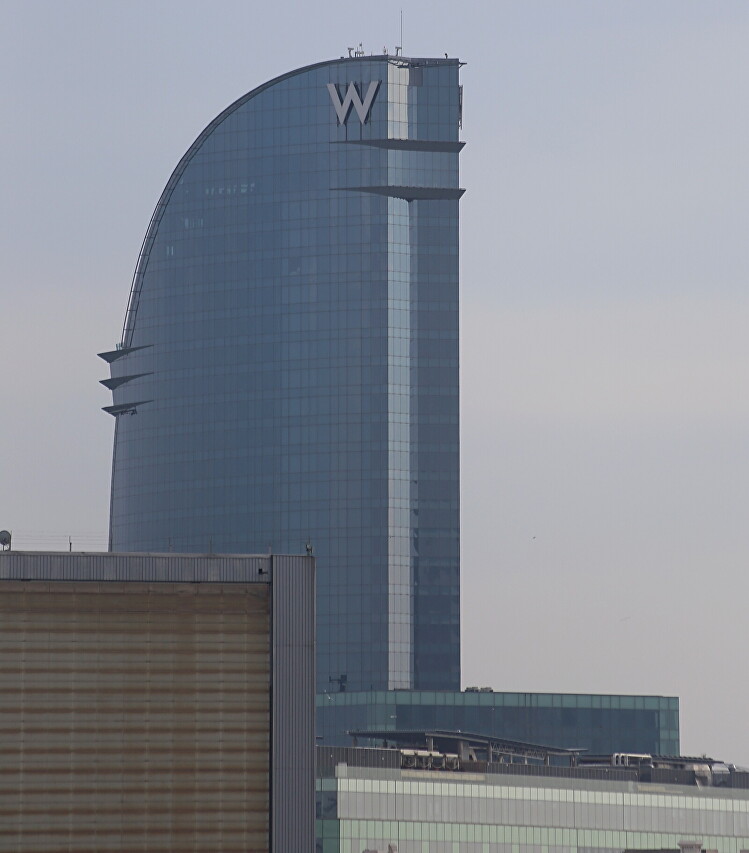
Finally, I made my way to Barcelona's Maritime Museum, a former Royal Shipyards built in 1243-1390. During my three previous visits to Barcelona, I had not found time to visit the museum, so now it was number one in my program.
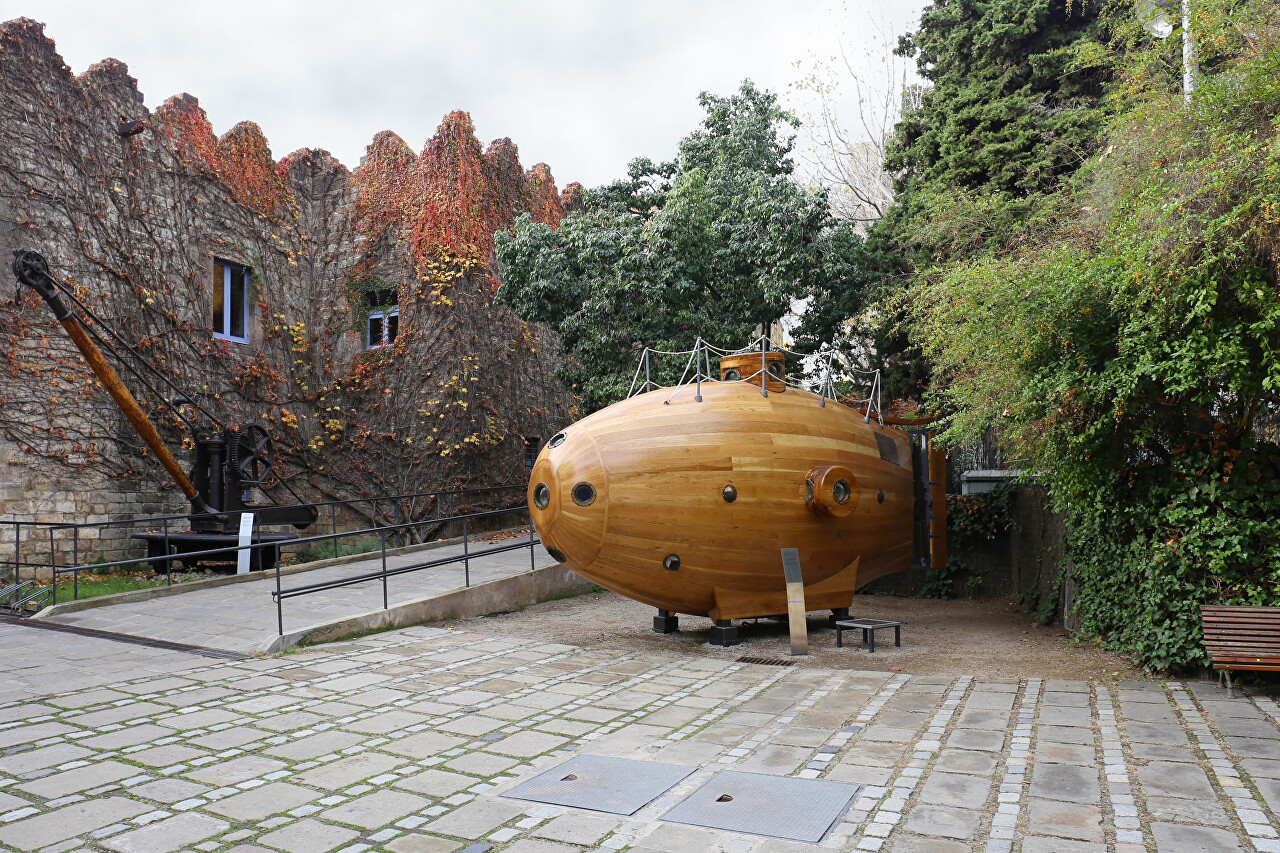
Visiting the museum did not make a dent in my budget (the ticket price is only 5 euros), and did not take much time - the museum's collection is not too large, but very interesting, the central exibit is the Royal galley.